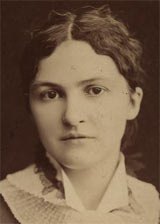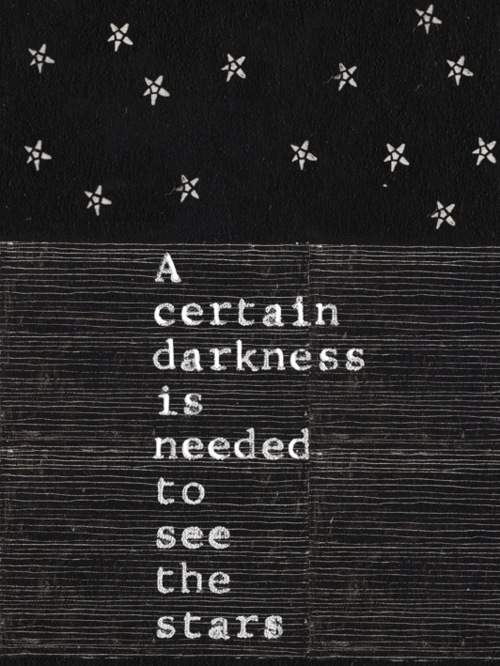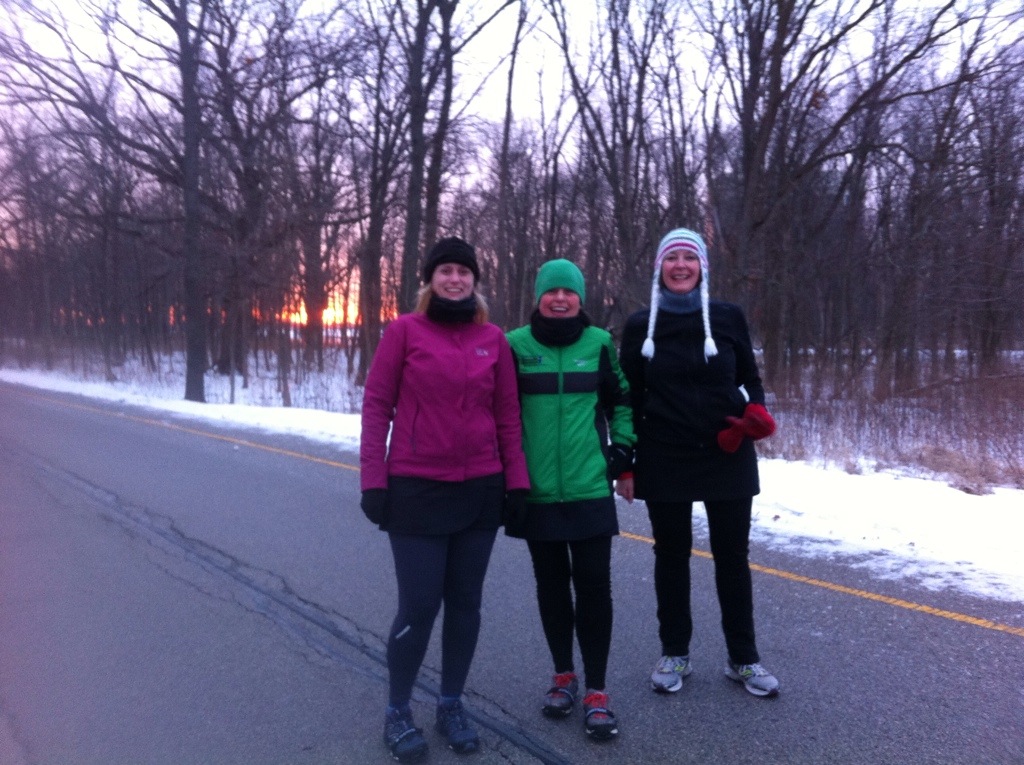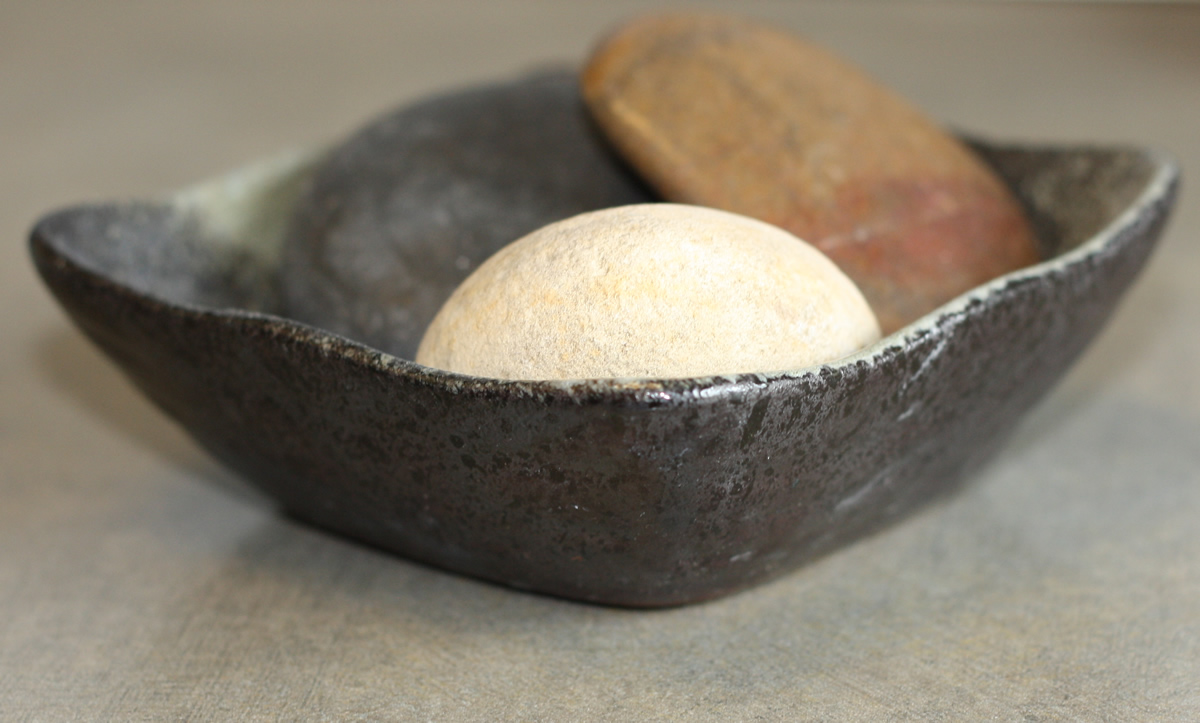 I'm lucky to live here. I'm thankful every day for the natural beauty and supportive community. Great schools, green spaces, well tended trails.
I'm lucky to live here. I'm thankful every day for the natural beauty and supportive community. Great schools, green spaces, well tended trails.
And there are also homeless people, and people at risk of homelessness every day.
Around here, it's easier to miss though. In fact, that's why Darlene Marcusson started Lazarus House in 1997; she recognized there were people in the community giving the appearance of living "normal" lives but really sleeping in their car or in shelters in communities 10+ miles away.
Here are five things I've learned about housing insecurity and homelessness since I started looking more closely to try and understand what's going on, both nationally and locally.
1) Nationally, we've tried to cope with homelessness by criminalizing it.
Banning food sharing, sleeping in public and other measures can temporarily drive homeless people underground but does nothing to reduce the numbers of people in need of shelter.
2) We've tried to cope with homelessness with hostility, or sending them somewhere else.
"Anti-homeless spikes", concrete pillars and other "hostile architecture" have become commonplace way to discourage the homeless from spending the night, as are efforts to drive homeless people out of town and drop them off elsewhere.
Neither of these strategies is particularly effective.
3) Homelessness is expensive.
"When you add up the costs of the hospitalizations and the emergency room and the cycling in and out of jails, that costs much, much more than providing someone with housing and services," said Becky Kanis of Community Solutions, a New York nonprofit that launched a 100,000 Homes non-profit in New York a few years ago with a goal of providing permanent housing for 100,000 homeless people.
Anderson Cooper profiled the organization's efforts on 60 Minutes earlier this year.
Across the US, cities are recognizing that providing housing and allied services is the most cost-effective way to address homelessness. The Housing First program in Camden, NJ, is saving money, as opposed to programs that merely tear down tent cities:
It’s estimated that the public saves $10,000 for every tenant housed in permanent supportive housing. Had all of these individuals been placed into permanent supportive housing using the Housing First model, the net savings would have totaled nearly $1,000,000.
4) School-aged homeless kids struggle.
But they do great things when they get the right support.
Good quality homeless shelters like Lazarus House can be one part of the stability homeless students need to stay in school and excel. News media features stories regularly about the incredible, inspiring stories of homeless students achieving great things; NPR recently featured a story on D.C. high school valedectorian Rashema Melson, living in D.C. General, the area's largest homeless shelter, and Dawn Loggins' acceptance to Harvard.
5) Homeless kids go to school with my kids, and yours.
In St. Charles, during the 2013-14 school year CUSD303 had 128 registered homeless students. Lazarus House cared for 52 children as part of its emergency shelter and transitional living programs last year.
There are no perfect solutions to the problems of homelessness. Structural assistance like emergency shelter and rent assistance is only part of the solution. Addressing homelessness requires a mix of public and private programs, working in concert to provide the supports people need. It's possible, it's less expensive than ignoring or criminalizing homelessness, and it's the best way forward.
You can help Lazarus House here.
 Whoosh! Here we are. The shirt is ready, we've raised $450 (thank you amazing people!), and the training is done. It's time to run.
I was greeted this morning by the biggest sky full of stars I can remember seeing in a long time around here. The air is clear, and the weather looks just about perfect. I feel blessed to be part of this day.
Whoosh! Here we are. The shirt is ready, we've raised $450 (thank you amazing people!), and the training is done. It's time to run.
I was greeted this morning by the biggest sky full of stars I can remember seeing in a long time around here. The air is clear, and the weather looks just about perfect. I feel blessed to be part of this day.


 Failing, and failing, and failing. And getting up.
Failing, and failing, and failing. And getting up.








